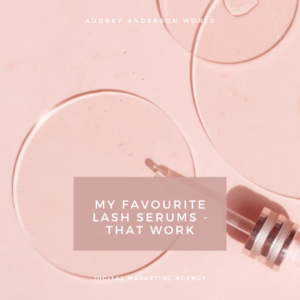
Lash Serums That Work My Favorite – 2023 Review
Lash Serums That Work and are my favourite – A Review We may get paid a commission if you buy something after clicking on one of our affiliate links here
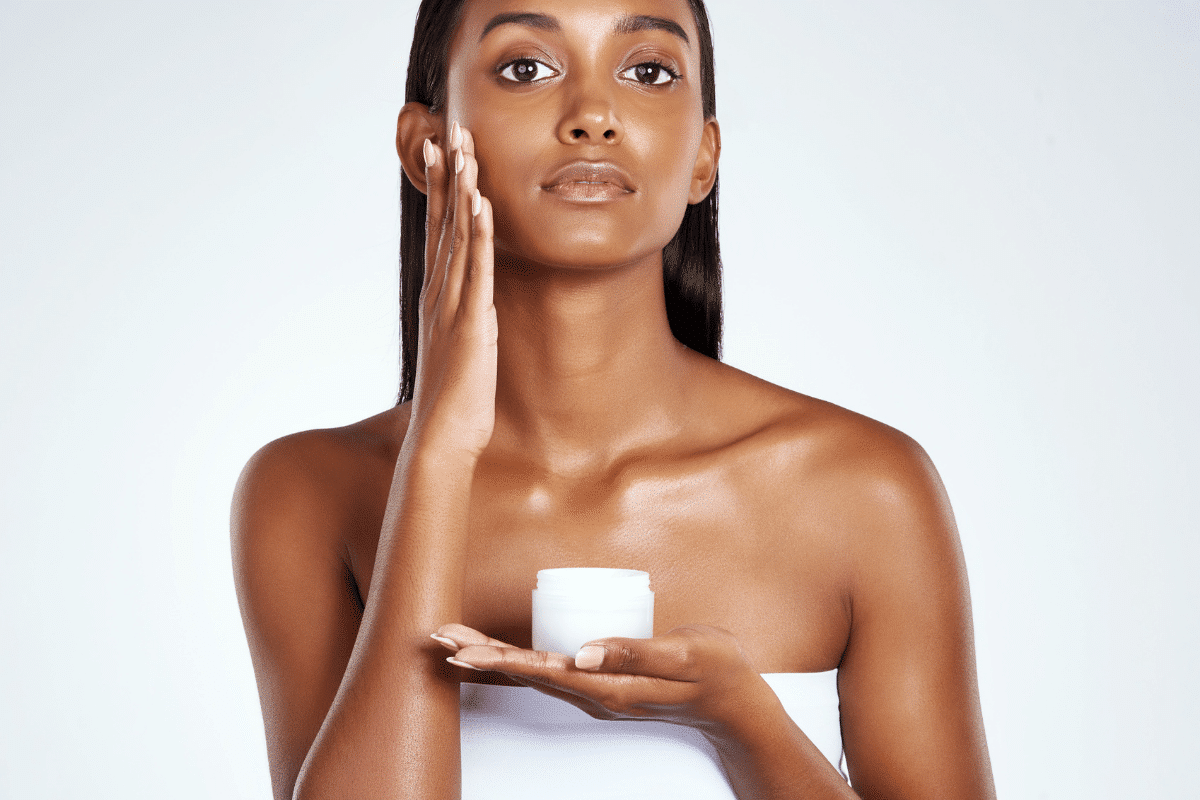
The type of retinoid you use matters if you are looking for a retinoid to treat acne, premature ageing, fine lines and wrinkles, or
Hyperpigmentation, dark spots. So before you stock up on your favourite anti-ageing moisturiser or serum to deal with your dark spots—or reach for any other over-the-counter skincare product that contains a retinoid—make sure it’s is formulated with the right type for your skin.
Retinoids are the skincare ingredient that everyone seems to know is excellent for the skin but can’t exactly express why.
While we have grown accustomed to using Retinol regularly, other vitamins A may be more effective. Because of its closer closeness to retinoic acid, retinaldehyde is up to 20 times more potent than Retinol as a retinoid. And while though it is still a bit scarce in many skincare products, it may be the crucial element in fighting photoaging.
Before retinaldehyde can be useful to the skin, it undergoes a transformation process. In human skin, retinaldehyde is a retinoic acid precursor generated as an intermediary metabolite in the transition of Retinol to retinoic acid.
Thus, because retinaldehyde is converted to retinoic acid in human skin, retinaldehyde is effective in photoaging therapy. Retinoic acid can also help address brown spots and pigment, reduce the appearance of fine wrinkles, promote collagen synthesis, smooth and soften your skin’s texture, minimise pores, and help reduce inflammation.
There are many retinaldehyde products available on the market, but I recommend a product that contains retinaldehyde with other natural ingredients such as vitamin E, DMAE and hyaluronic acid. In addition, other products can be used in combination, such as glycolic acid, vitamin C, and other key ingredients.
These ingredients help address a variety of skin concerns. In addition, Retinol can help improve skin texture and tone and reduce the appearance of fine lines and wrinkles.
However, it is available in some professional products prescribed by your dermatologist or skincare specialist. In addition, retinaldehyde is also used as a research reagent.
Enhance the results of retinaldehyde, include other antioxidants such as vitamin C and E, which can help protect your skin from free radicals; alpha-hydroxy acids (AHAs) such as glycolic or lactic acid, which will exfoliate your skin to make it more receptive to topical treatments; salicylic acid, which aids in increasing cell turnover; the anti-inflammatory ingredient niacinamide, which helps reduce redness; and vitamins A and C, both of which provide photoprotection by neutralising free radicals. In addition, pore size maximises the efficiency of skin cell turnover.
In addition to improving firmness, elasticity, and dermal thickness, retinaldehyde also reduces the appearance of acne and clogged pores.
INGREDIENT CLASS: Exfoliant
The ability to boost skin cell turnover and toning also helps clear clogged pores and increases the dermal thickness to reduce wrinkle formation.
If you have tried and tolerated retinol or retinyl palmitate, this is your product but are not experiencing the benefits you are hoping for. A more potent and effective way to kick-start your skin cells, according to Nussbaum, is to use retinaldehyde.
HOW OFTEN CAN YOU USE IT: While it is crucial to ease into things to let your skin progressively adjust to the component, it can ultimately be used every day.
In addition to retinoids, Chilukuri recommends using alpha- and beta-hydroxy acids in conjunction with retinoids to boost skin cell turnover. He adds that using antioxidants such as vitamin C, vitamin E, and Niacinamide can also increase the skin’s brightening benefits. However, use these chemicals with caution, and decrease use if you feel irritation.
AVOID Retinol, retinyl palmitate, and retinyl acetate.
THE VERDICT: If you’re looking to try a more powerful ingredient to combat signs of ageing, start incorporating retinaldehyde into your routine. You are using retinoids in conjunction with vitamin C, AHAs, or BHAs since Nussbaum warns that this can increase the probability of sensitivity and discomfort. Instead, she advises applying the sunscreen first thing in the morning and using the retinoid at night.
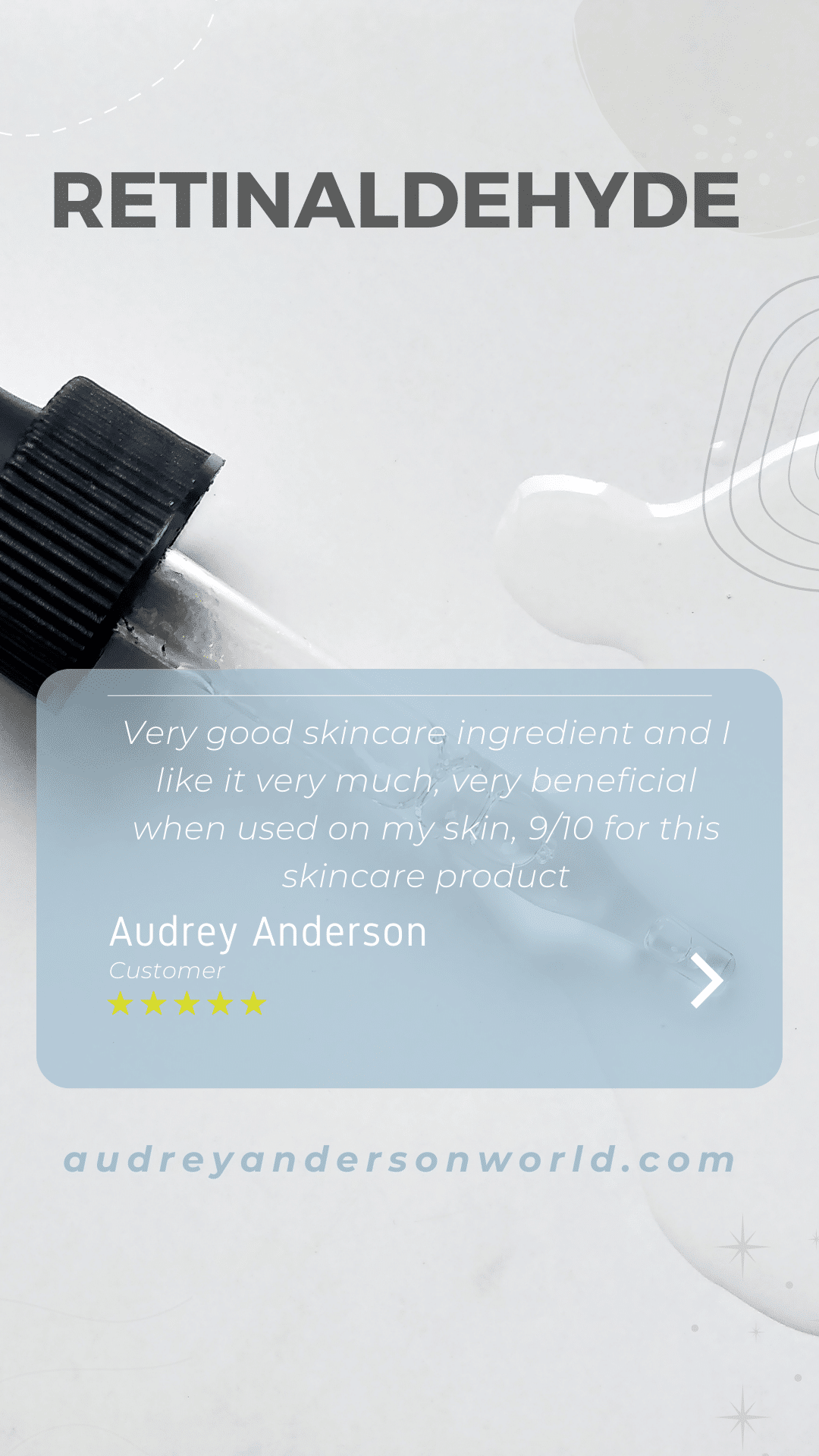
It is the skin’s natural process to convert Retinol from retinoldehyde to retinoic acid. Retinaldehyde is a more mild variant of the Retinoic family. Like Retinol, Retinaldehyde rejuvenates the skin and enhances its cellular-turnover rate, but in a less-irritating formulation. In addition, the conversion mechanism within the skin allows retinaldehyde to function on a cellular level. Therefore, skin that’s more prone to sensitivity can be more tolerant of Retinaldehyde skincare products.
Retinaldehyde is an anti-ageing agent that strengthens the skin’s connective tissue and stimulates collagen formation. Retinaldehyde also controls sebaceous (oil) production, decreasing the skin’s pores to avoid clogging and inflaming.
Retinaldehyde is also used as an anti-inflammatory agent to reduce redness and inflammation. Retinaldehyde also increases the skin’s natural collagen synthesis, reducing wrinkles and fine lines.
Retinaldehyde is an effective antioxidant that protects the skin from free radicals, preventing damage and premature ageing. In addition, retinaldehyde is a potent antibacterial agent that kills bacteria and limits the formation of blemishes on the skin. A small amount of retinaldehyde in your skincare products will be enough to deliver these benefits!
Use as instructed. Keep out of reach of children. Avoid contact with eyes and broken skin.
If you are allergic to aspirin, please do not use this product. If irritation occurs, stop using the product immediately and consult your doctor if necessary differentiation Stimulates collagen formation.
Retinaldehyde, like any retinoid, has a vast range of advantages, no matter what your concerns about your complexion are.
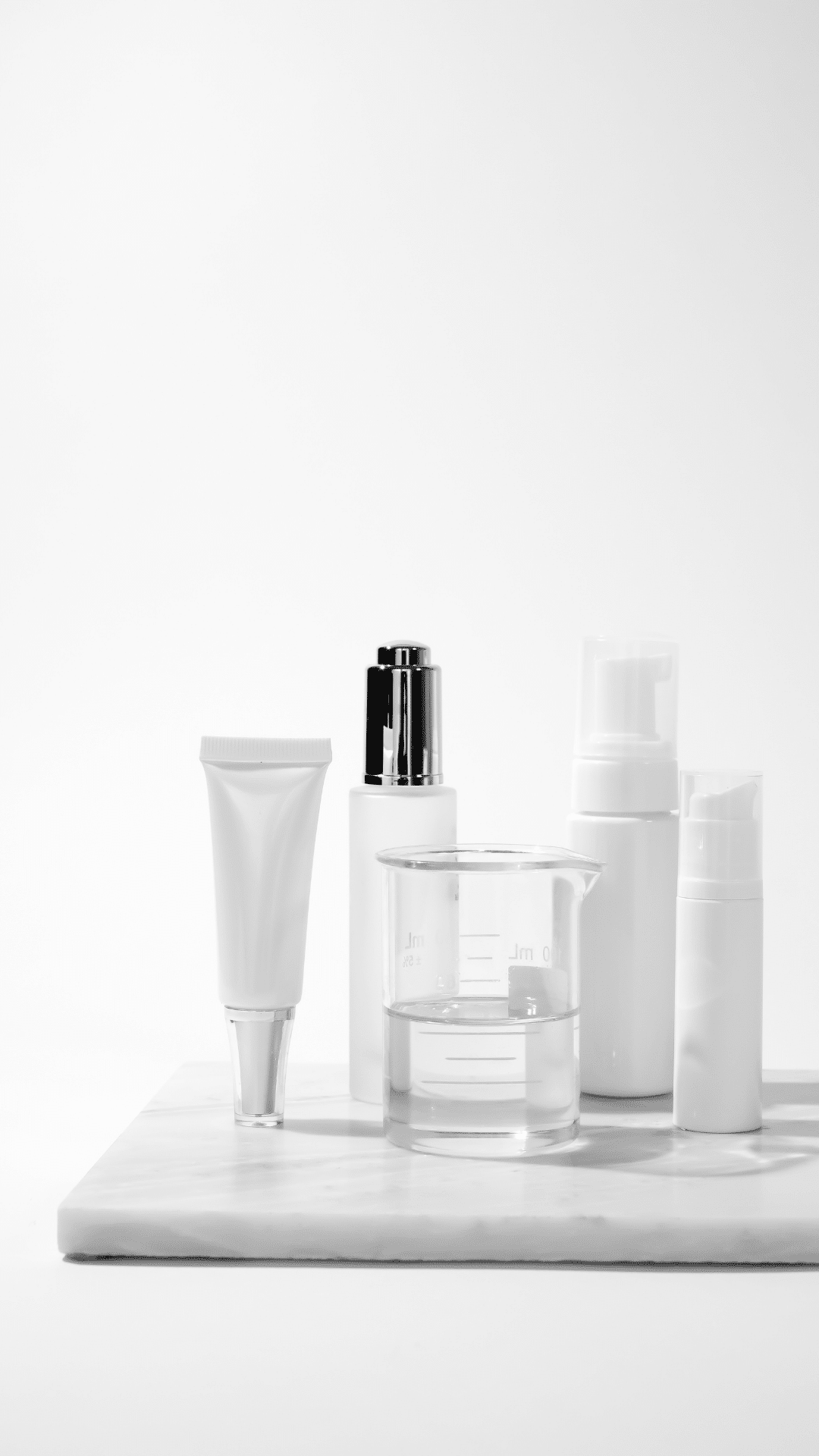
There are two forms of retinoids: Vitamin A derivatives (Retinol) and synthetic derivatives (retinoid). Both are very effective in rejuvenating and improving the texture of your skin, but there are some differences between them.
R Collagen is what gives you the skin’s elasticity and firmness. It also gives your face a youthful appearance. Collagen is what gives you the skin’s elasticity and firmness. It also gives your face a youthful appearance.
Stimulates cell growth and differentiation The cell renewal process in human skin slows down with age, especially in the epidermis, which is why wrinkles appear, giving your face a dull appearance. With its antioxidant properties, glycolic acid stimulates new cell growth and slows down cell ageing to give you fresher-looking skin with fewer fine lines and wrinkles. Combats signs of ageing, such as Wrinkles, Sun damage, Loss of firmness and elasticity
Fine lines and deep wrinkles No signs of ageing Appearance Clear, transparent liquid Clear, pale yellow to brownish liquid Odour Odourless Odourless
Storage conditions Store in a cool place Shelf life two years Unopened: 12 months Opened: 6 months Use Apply directly to retinol Retinoid Effects Vitamin A derivative Synthetic derivative Main action Stimulates collagen formation Stimulates cell growth and differentiation Combats signs of ageing, such as Wrinkles, Sun damage, Loss of firmness and elasticity
Retinal + Retinaldehyde
Stabilised retinal has long been acknowledged to aid in the appearance and feel of cleaner skin. In addition, retinal is more effective than Retinol and less irritating than a prescription Rx, making it reliable at giving rapid effects.
Then kindly give us the privilege of introducing you to the next must-have item in your already great and consistent routine: Retinaldehyde.
The most potent non-prescription retinoid available, retinaldehyde, varies from standard retinol-based solutions for a few reasons.
Retinaldehyde is a very innovative new component in cosmetics that has much promise. It produces faster results than your typical Retinol. Still, it is softer than an over-the-counter prescription Rx, so there’s less danger of discomfort without skimping on benefits—like smoother skin, refined pore size, and fewer clear fine lines and wrinkles.
Retinaldehyde is a first-of-its-kind retinoid that’s non-prescription and non-irritating—allowing you to use these products much more frequently than your standard Retinol or prescription Rx, with less chance of side effects.
This innovative ingredient is available in various products from some of my favourite brands, like Sunday Riley ( see my review below), and it’s a must-have for people who wants to get the most out of their skincare routine.
It is a long fact that a reader will be distracted by the readable content when looking at its layout.

Findings: Both RAL 0.1 per cent and RAL 0.05 per cent creams were well tolerated and enhanced skin hydration and texture. However, only RAL 0.1 per cent cream improved the melanin index.
Starting your skin on a concentration of 0.5 per cent retinaldehyde is good. It has hyaluronic acid that moisturises and pumps up your skin. In addition, ceramides, cholesterol and fatty acid produce profound hydration. This is desirable to reduce the appearance of wrinkles and fine lines. Skincare creams with this ingredient are also good for acne-prone skin. These creams can reduce the appearance of acne scars and pigmentation and helps to clear up acne.
Retinol works by increasing collagen production. Improving your skin’s appearance of fine lines wrinkles brightens your skin and gives a more even-toned skin tone. Retinol also increases cell turnover, which helps fade sun damage, age spots, discolouration, and other signs of ageing. Retinol can also be used on all skin types, including sensitive skin types, so long as it is used in low concentrations to allow your skin to acclimatise to it.
A 0.05 per cent Retinaldehyde cream ( topical application ) was compared to an emollient cream that did not contain retinaldehyde in a 1999 French study. The results were apparent. The skin becomes thicker and more elastic when treated with retinaldehyde.
A study conducted by Dr Boisnic studied the benefits of a 0.05 per cent Retinaldehyde lotion on sun-damaged skin. The results were extremely impressive: “in all UVA-exposed and subsequently Retinaldehyde-treated skin specimens, collagen and elastic fibres were recovered to the level of nonexposed skin. Retinaldehyde has been demonstrated to have many of the same qualities as Tretinoin” when it comes to the treatment of photoaging.
Better than Retinol, Retinaldehyde accomplishes this task as well. According to a 2006 study, 0.05 per cent retinaldehyde is equally effective as 0.05 per cent retinol in the treatment of photoaging.
Better than Retinol, Retinaldehyde accomplishes this task as well. According to a 2006 study, 0.05 per cent retinaldehyde is equally effective as 0.05 cent Retinoic Acid (Tretinoin) for the treatment of photoaging. In comparison, “retinol is 20 times less effective than Tretinoin, and it requires further conversion to Retinoic Acid (in vivo*)”.
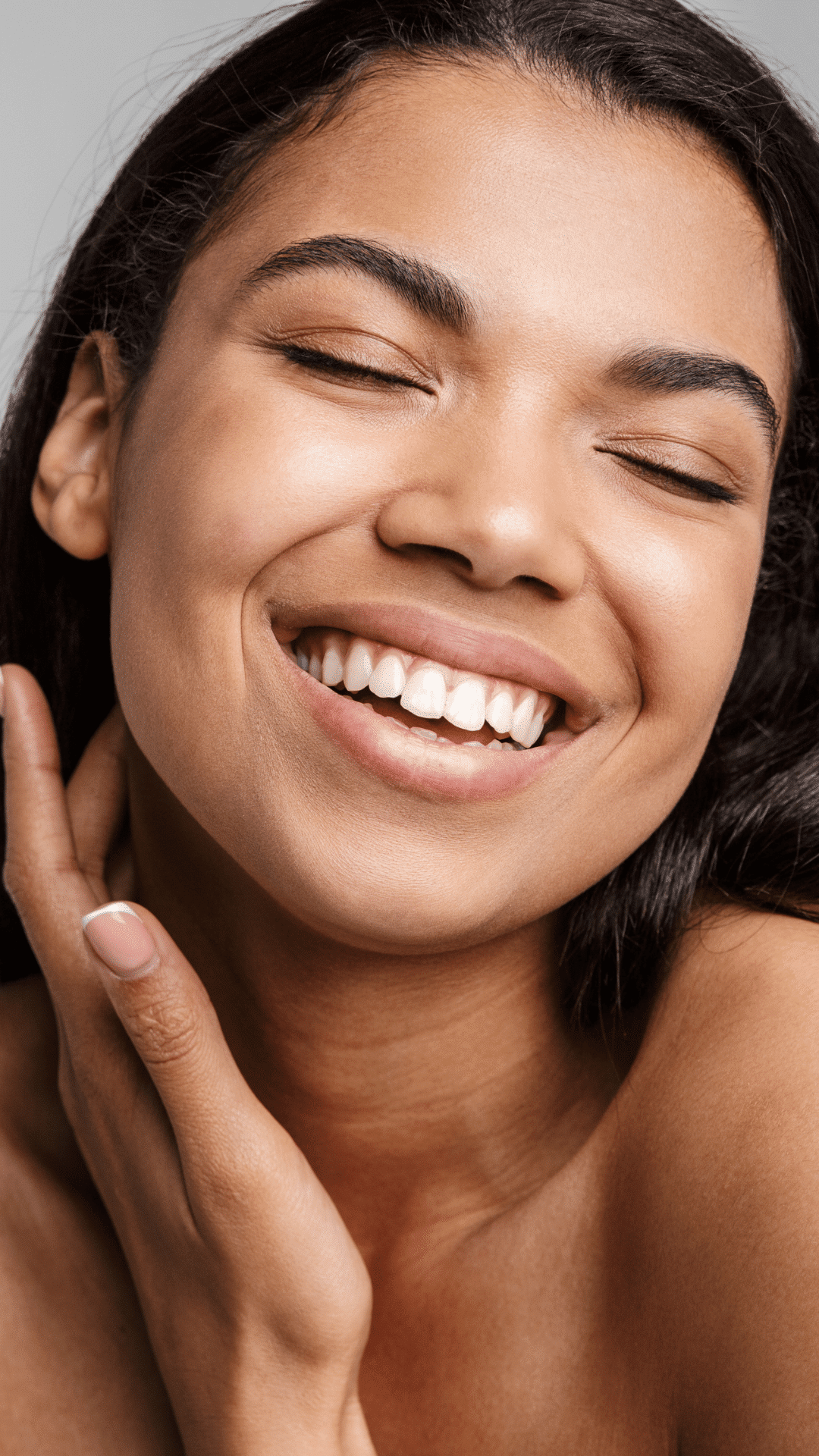
Retinoids are delivered in many different forms. You can apply Retinol to your skin every day without any problems. However, it is more convenient for some people to use a retinol product with a time-release form. The ingredient retinol is slowly released into the skin throughout the day. This is a great option for busy people who only have time to do one skincare step every night.
Retinaldehyde, however, is not recommended for daily use. It is more effective when using it less frequently but with higher product concentrations. Retinaldehyde can be used every other day or once a week. The most effective way to use retinaldehyde is to combine other active ingredients, such as vitamin C and Niacinamide. This will maximise the effectiveness of retinol treatment while minimising any side effects or irritation that you might experience while using retinaldehyde alone.
You should start seeing results immediately after starting your retinol skincare routine. However, the best results will be achieved when you use your retinol product consistently and over time (for example, 6-12 months)—the length of time into your skin.
It would help if you started using very small amounts of this active ingredient on your skin. You can then increase the amount that you apply as needed over time. Retinaldehyde products are typically used as part of a larger skincare routine that includes other anti-ageing products and sunscreen.?
After a month or so with no negative effects, you can likely use it every day if you desire. Derms also recommended just using any retinol at night. The evening is when your cell turnover is at its height and is a time of rest and repair.
Here is a list of the most common types of retinoids, how they differ from one another, and how to use them:
RETINOL: Derived from Vitamin A (also known as retinyl palmitate), this is the weakest form of vitamin A. This skincare ingredient can be found in many over-the-counter products in varying concentrations. In addition, Retinyl palmitate is found in some products marketed toward acneic skin as it may help prevent breakouts caused by inflammation by decreasing redness. Still, it is not as effective for treating acne as retinoic acid.
RETINOL: These are derived from Retinol and are a little more powerful than Retinol. The most common prescription topical called tretinoin, or Retin-A, is available in several concentrations (0.05%, 0.1%, 0.04%). It’sIt’s best to start with the lowest concentration and work your way up if needed.
RETINOIC ACIDS: These are the most potent form of vitamin A and can be found in over-the-counter products such as Differin and Renova and prescription products like Tazorac and Avage.
They are more effective than Retinol at treating acne, but they can also dry, so they should be used only at night. I recommend that those with sensitive skin start with the lowest concentration (0.025%) first and gradually increase to the right one for you.
ALPHA HYDROXY ACIDS: AHAs can be derived from fruit (glycolic acid), milk (lactic acid), or sugar cane (malic acid). They have a smaller molecular structure than retinoids, so they can penetrate the skin more easily, leading to the exfoliation of dead skin cells.
AHAs can improve the appearance of fine lines and wrinkles and make your complexion brighter. They also help increase cell turnover, making your pores appear smaller. These acids are the most common ingredient in anti-ageing products and can be found in everything from cleansers to serums to moisturisers.
Alpha hydroxy acids are safe to use on all skin types, but if you have sensitive skin, it is most useful to start with a lower concentration first, as they can cause redness and dryness if used too often or at too high a concentration.
NON-RETINOLS: These include ingredients like vitamin C, peptides, and antioxidants. They are often used with retinoids to boost the product’s effectiveness. They can help keep skin from sagging, help fade pigmentation, and prevent free radical damage (which can lead to premature ageing).
Retinol can be a great anti-ageing ingredient for your skin. But it is important to know what else is in your anti-ageing products to get the best results for your complexion
Scan through the product ingredient list to find:
You could notice phrases like Retinol, Retinaldehyde, retinyl acetate, retinyl propionate, and retinyl palmitate near the end of the skincare ingredient list.
Other effective anti-ageing or antioxidant substances include peptides, Vitamin C, Hyaluronic acid, and Niacinamide. Irritating, comedogenic, and hazardous compounds should be avoided. We have analysed the ingredient list of anti-ageing products in this post.
Retinoids oxidise in contact with light or air. Therefore, please don’t buy a retinoid packed in an open jar because it is probably now inactive with its exposure to air and sunshine. Instead, an airtight tinted or opaque packing is best, for example, a little blister pack, a pump bottle or tubes.
Retinol is unstable. Only a few reputed brands have unique techniques to preserve the potency of this precious component.
One of the most bio-available, non-prescription forms of vitamin A products, this pro-strength formula is for those who want serious results without the unwanted side effects of traditional retinol formulations. Combining 5% retinoid ester blend, 1% liposomal-encapsulated retinol blend, and 0.5% blue-green algae with natural, retinoid-alternative activity, this serum fights the signs of ageing. In addition, it improves the look of congested and UV damaged skin.

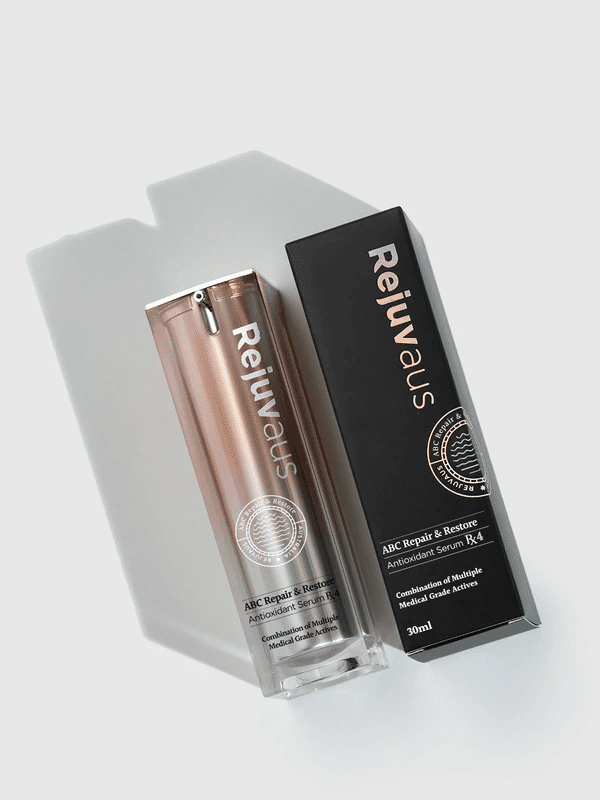
32 Active Ingredients
Innovative omni-formula that rejuvenates to leave skin firmer, more resilient and protected from damaging environmental stressors. Antioxidant-rich formula defends against free radical damage and premature ageing with Encapsulated Retinaldehyde, Niacinamide and Kakadu Plum Extract. Retain moisture, reduce water loss and maintain skin integrity with cosmeceutical grade normal and low molecular weight Hyaluronic Acid and Marine Collagen. This powerful super-serum will leave your skin looking fresh, dewy and ultra-youthful.
Retinaldehyde, however, is not recommended for daily use. It is more effective when using it less frequently but with higher product concentrations. Retinaldehyde can be used every other day or once a week. The most effective way to use retinaldehyde is to combine other active ingredients, such as vitamin C and Niacinamide. This will maximise the effectiveness of retinol treatment while minimising any side effects or irritation that you might experience while using retinaldehyde alone.
Description
Retivance® Skin Rejuvenating Complex combines professionally tested substances, retinaldehyde, spent grain wax, palmitoyl tripeptide-5, and antioxidants to improve skin tone and texture and the appearance of fine lines and wrinkles. These chemicals are meant to work together to decrease the obvious signs of photoaging. It also includes calming and soothing substances such as chamomile.
This formula is dermatologist tested, hypoallergenic, non-sensitising, non-irritating, and scent and paraben-free.

Tolerance of topical Retinaldehyde in humans. E M Sachsenberg-Studer 1 Affiliations expand
PMID: 10473964 DOI: 10.1159/000051382 Background: Retinaldehyde (RAL) has been a topical agent in various countries since 1994.
Aim: To evaluate current data on the tolerance of retinaldehyde and report the long-term pilot research results.
Methods: Data from published and on-file studies have been compiled. Forty-five individuals who had administered RAL on the face for 12-89 months were especially investigated for side effects.
Results: Human Studies indicated good tolerability of topical RAL on human skin. It was significantly better tolerated than retinoic acid and may be administered even on sensitive facial skin. It does not have phototoxic or photo-allergic qualities. No side effects were related to long-term use.
Conclusion: Current data indicate a good topical tolerance of RAL in humans.
If you’re new to the chemical, you should build up your tolerance, but retinaldehyde should ultimately be safe to use every day.
Like other retinol products, retinaldehyde can aid with acne. Thus it’s commonly recommended for persons with oily or troubled skin.
What happens when I switch from .025% tretinoin to retinaldehyde?

Lash Serums That Work and are my favourite – A Review We may get paid a commission if you buy something after clicking on one of our affiliate links here

Rodan and Fields Consultant + Rodan and Fields Find a Consultant Should I join the Rodan Fields Consultant Program? EVERYTHING YOU NEED TO KNOW ABOUT BECOMING A CONSULTANT FOR RODAN
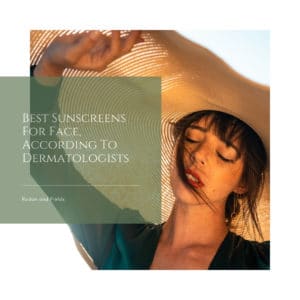
The best sunscreens The Best Sunscreens – so you can be sure you’re getting the best protection possible. AAW Your ultimate guide to the Best sunscreens CHICHI KAWA – Summer

My best hair care products We may get paid a commission if you buy something after clicking on one of our affiliate links here on the site on the best
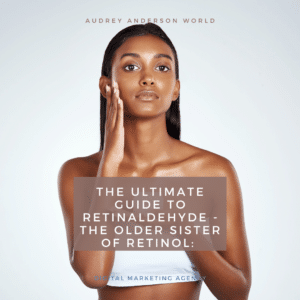
Retinaldehyde The Ultimate Guide to Retinaldehyde – the Older Sister of Retinol: The type of retinoid you use matters if you are looking for a retinoid to treat acne, premature

My 11 Favorite Google Apps For Business If you haven’t already, I invite you to check out the G Suite platform for your business and my Favourite Google Apps For
